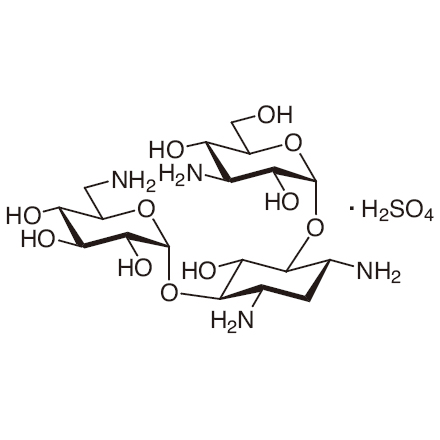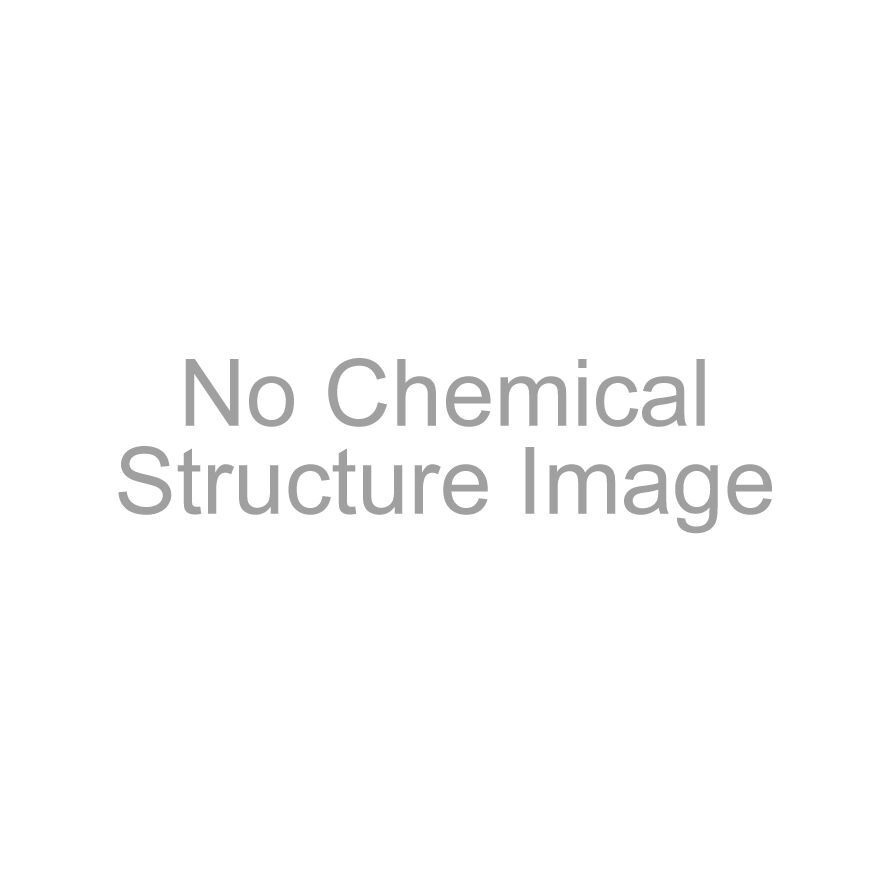Maximum quantity allowed is 999
Please select the quantity
CAS RN: 25389-94-0 | Product Number: K0047
Kanamycin Monosulfate

Purity: >94.0%(N)
Synonyms:
- O-3-Amino-3-deoxy-α-D-glucopyranosyl-(1→6)-O-[6-amino-6-deoxy-α-D-glucopyranosyl-(1→4)]-2-deoxy-D-streptamine Monosulfate
Product Documents:
| Size | Unit Price | Same Day | 2-3 Business Days | Other Lead Time |
Shipping Information

|
|---|---|---|---|---|---|
| 5G |
₩89,700
|
≥60 | 38 | It can be shipped in about 2 weeks after ordering | |
| 25G |
₩286,700
|
3 | ≥80 | Contact Us |
* Please contact our distributor of SEJIN CI Co., Ltd.
if you would like to purchase TCI products. The above prices do not include freight cost, customs charge and other charges to the destination. SEJIN CI Co., Ltd. (Phone: 02-2655-2480 / email:
sales@sejinci.co.kr)
* The storage conditions are subject to change without notice.
* The storage conditions are subject to change without notice.
Supplemental Product Information:
This product has not been tested for potency and is guaranteed for chemical purity.
| Product Number | K0047 |
Purity / Analysis Method 
|
>94.0%(N) |
| Molecular Formula / Molecular Weight | C__1__8H__3__6N__4O__1__1·H__2SO__4 = 582.58 |
| Physical State (20 deg.C) | Solid |
Storage Temperature 
|
Room Temperature (Recommended in a cool and dark place, <15°C) |
| CAS RN | 25389-94-0 |
Related CAS RN 
|
59-01-8&8063-07-8 |
| Reaxys Registry Number | 3874279 |
| PubChem Substance ID | 87560322 |
| Merck Index (14) | 5281 |
| MDL Number | MFCD00070253 |
Specifications
| Appearance | White to Almost white powder to crystal |
| Purity(with Total Nitrogen) | min. 94.0 % |
| Specific rotation [a]20/D | +112 to +123 deg(C=1, H2O)(calcd.on dried substance) |
| Drying loss | max. 4.0 % |
Properties (reference)
| Melting Point | 250 °C(dec.) |
| Specific Rotation | 117.5° (C=1,H2O) |
| Solubility in water | Soluble |
GHS
Related Laws:
| RTECS# | NZ3225030 |
Transport Information:
| H.S.code* | 2941.90-000 |
Application
RNA aptamer research
Reference
- In vitro selection of RNA lectins: using combinatorial chemistry to interpret ribozyme evolution
Application
Kanamycin: A Broad Spectrum Aminoglycoside Antibiotic and a Selective Reagent Genetically Engineered Cells
Kanamycin, an aminoglycoside antibiotic, was first isolated in 1957 from the bacterium Streptomyces kanamyceticus by Umezawa. Kanamycin has broad activity against Gram-negative bacteria and Gram-positive bacteria, including Mycobacterium tuberculosis. Kanamycin interacts with the 30S subunit of prokaryotic ribosomes, and then it inhibits bacterial growth by inhibiting protein synthesis. Kanamycin is used in molecular biology as a selective reagent most commonly to isolate bacteria (e.g., Escherichia coli.) coupled to a gene coding for kanamycin resistance, which is one of the most frequently used selection markers for obtaining transgenic cells.
References
- Design, chemical synthesis, and antibacterial activity of kanamycin and neomycin class aminoglycoside antibiotics
- Kanamycin
- Evaluation of genetic mutations associated with Mycobacterium tuberculosis resistance to amikacin, kanamycin and capreomycin: a systematic review
- The pUC plasmids, an M13mp7-derived system for insertion mutagenesis and sequencing with synthetic universal primers
- Agrobacterium tumefaciens-mediated transformation of Arabidopsis thaliana root explants by using kanamycin selection
- Gene disruption in Escherichia coli: TcR and KmR cassettes with the option of Flp-catalyzed excision of the antibiotic-resistance determinant
- Overexpression of an Arabidopsis thaliana ABC transporter confers kanamycin resistance to transgenic plants
PubMed Literature
Documents
Product Articles
Product Documents (Note: Some products will not have analytical charts available.)
Safety Data Sheet (SDS)
Please select Language.
The requested SDS is not available.
Please Contact Us for more information.
Specifications
C of A & Other Certificates
Please enter Lot Number
Incorrect Lot Number. Please input only the 4-5 alphanumeric characters before the hyphen.
Sample C of A
This is a sample C of A and may not represent a recently manufactured lot of the product.
A sample C of A for this product is not available at this time.
Analytical Charts

Please enter Lot Number
Incorrect Lot Number. Please input only the 4-5 alphanumeric characters before the hyphen.
The requested analytical chart is not available. Sorry for the inconvenience.



